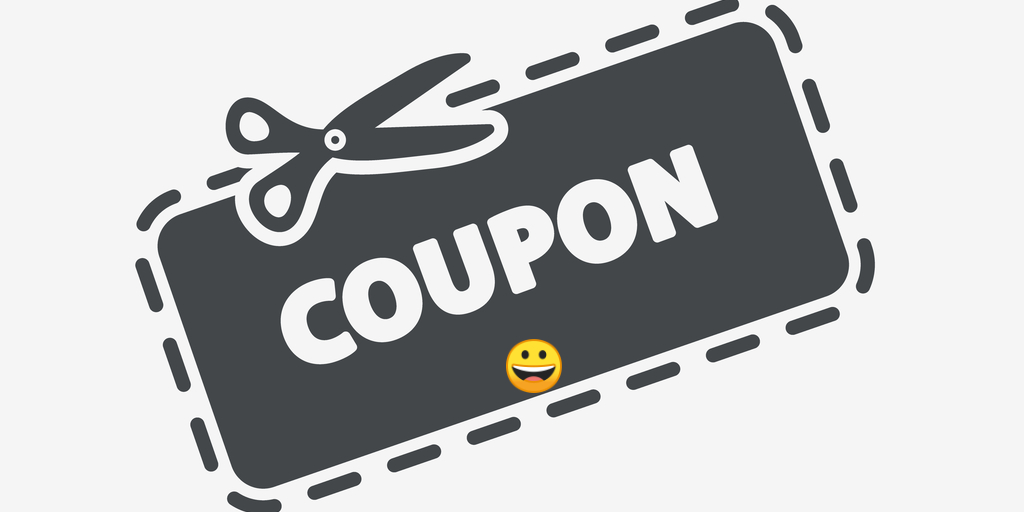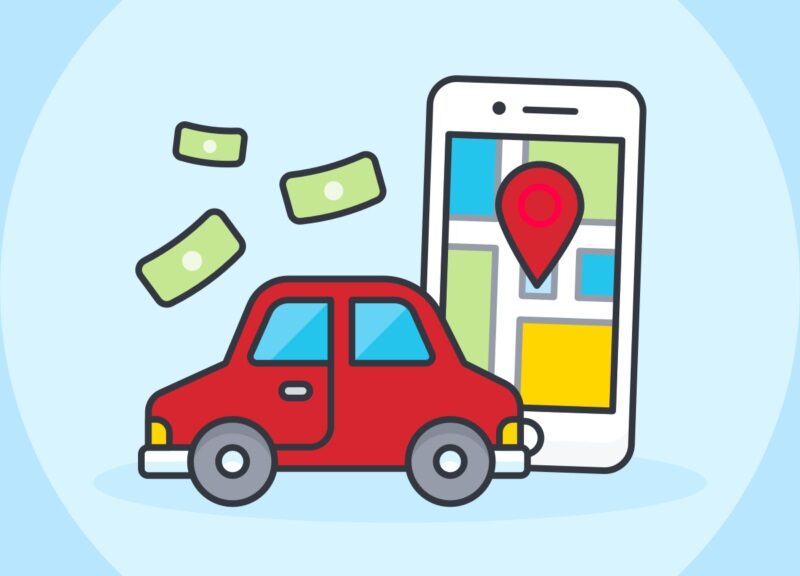Introduction: The Lasting Power of the Coupon
Coupons have been a trusted money-saving tool for over a century, and they remain just as relevant today—if not more so. From clipped paper vouchers to digital promo codes, the humble coupon has evolved with technology while keeping its core promise intact: helping consumers save money.
In an era of rising prices and increasing financial awareness, coupons empower shoppers to get more for their money. Whether you’re picking up groceries, ordering takeout, booking a vacation, or upgrading your wardrobe, using a coupon can reduce costs and increase satisfaction. In this article, we’ll explore the types of coupons available, how they work, where to find them, and how to use them wisely.
What Is a Coupon?
A coupon is a promotional offer that provides a discount or deal on a product or service. Coupons can come in various formats:
- Paper coupons: Found in newspapers, magazines, and flyers.
- Digital coupons: Found on apps or websites, scanned in-store or entered online.
- Mobile coupons: Sent via text or accessed through apps.
- Printable coupons: Downloaded and printed from the internet.
Coupons typically include terms such as expiration dates, eligible products, or minimum purchase amounts. They’re issued by manufacturers, retailers, or third-party platforms to incentivize purchases, attract new customers, or clear out inventory.
Types of Coupons
There are several kinds of coupons tailored to different shopping needs:
✅ Manufacturer Coupons
Issued by the product maker (e.g., Kellogg’s, Procter & Gamble), these coupons can be used at any store that sells the product.
✅ Store Coupons
These are specific to a retailer (e.g., Target, CVS) and are only valid at that particular store. Some stores even allow stacking both manufacturer and store coupons.
✅ Printable Coupons
Found online and printed at home, these are ideal for in-store purchases.
✅ Digital Coupons
Loaded directly to your account via store websites or apps. No paper required—just scan your loyalty card or phone at checkout.
✅ Coupon Codes
Used online during checkout by entering a code for discounts, free shipping, or gifts with purchase.
Where to Find Coupons
Coupons are more accessible today than ever. Here are the best places to look:
1. Sunday Newspapers
Traditional but still useful, Sunday papers often include multiple coupon inserts for groceries, household items, and health products.
2. Store Websites and Apps
Major retailers like Walgreens, Target, and Kroger have dedicated coupon sections or loyalty apps with exclusive offers.
3. Coupon Aggregator Sites
Websites such as:
- Coupons.com
- RetailMeNot
- SmartSource
- Slickdeals
These collect and organize coupons by category or store.
4. Manufacturer Websites
Brands often post their own coupons to encourage direct engagement with consumers.
5. Social Media and Email Newsletters
Follow brands on social media and subscribe to their newsletters for exclusive or early-access deals.
How to Use Coupons Effectively
Using coupons isn’t just about clipping and scanning. Smart couponing requires strategy:
✅ Stack When Possible
Some retailers allow you to use multiple coupons (e.g., a store coupon + a manufacturer coupon). This is called “stacking” and can lead to major savings.
✅ Use Loyalty Programs
Link your coupons to store loyalty cards to apply them automatically at checkout.
✅ Combine With Sales
Wait for a product to go on sale, then use a coupon for double the discount.
✅ Organize Your Coupons
Keep paper coupons in a binder or folder. Use apps like Flipp or SnipSnap to manage digital coupons.
✅ Know the Policies
Each store has its own coupon policy. Some accept expired coupons, while others limit stacking. Understanding the rules helps avoid checkout surprises.
Common Mistakes to Avoid
While using coupons can be easy, here are a few pitfalls to watch out for:
- Letting Coupons Expire: Always check expiration dates and use high-value coupons before they’re gone.
- Buying Unneeded Items: Don’t buy something just because you have a coupon—unless it’s part of your regular shopping.
- Ignoring the Fine Print: Some coupons exclude certain sizes, varieties, or sale items.
- Forgetting to Use Them: Set reminders or keep coupons visible in your wallet or app before heading to the store.
Coupons in the Digital Age
Coupons have adapted to the modern world. Now, you can:
- Use QR codes in stores
- Tap into cashback and rewards apps like Rakuten or Ibotta
- Automatically apply coupon codes at checkout using browser extensions like Honey or Capital One Shopping
These tools make it easier than ever to save money with minimal effort.
Conclusion: Make Coupons a Daily Habit
Whether you’re saving a few cents on groceries or getting 50% off your next vacation, using a coupon is a smart financial move. With the right tools, a little planning, and awareness of where to find the best deals, anyone can become a coupon expert.
Coupons are more than just paper or codes—they’re a mindset. Start small, stay consistent, and watch your savings grow with every shopping trip.



